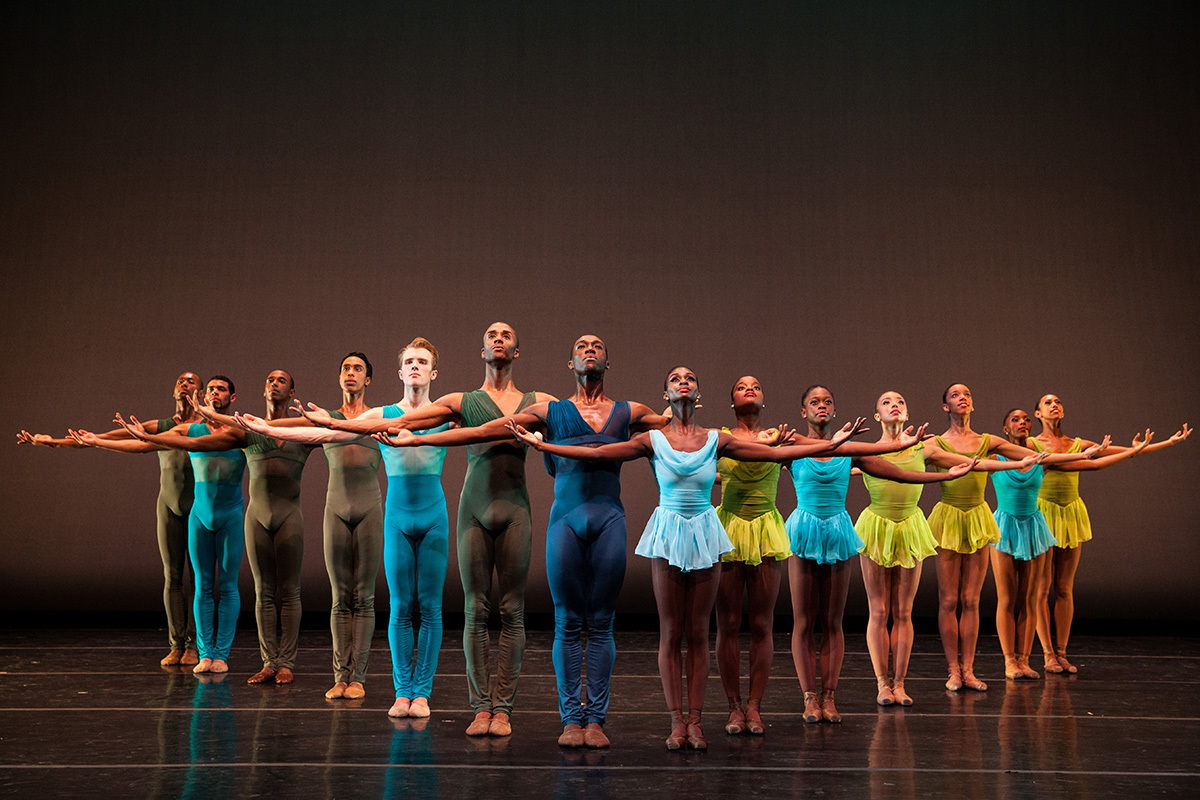
Liberty Heights native Keith Saunders has logged a 40-year career with the legendary Dance Theatre of Harlem, starting as a dancer and holding a variety of roles before landing at his current one, ballet master. Saunders returns to his hometown this weekend, for Dance Theatre’s Saturday performance at Morgan State University. This coincides with an exhibit at the Reginald F. Lewis Museum about the history of his company, “Dance Theatre of Harlem: Forty Years of Firsts,” on view through Aug. 30. We talked to Saunders on the phone before a performance in Ravenna, Italy, about his beginnings in ballet and what it’s like to come back to the Charm City.
How were you introduced to dance?
I grew up in northwest Baltimore, in the neighborhood between Liberty Heights and Hilton. When I was growing up I was very athletic as a kid. I was always out in the streets and the parks playing basketball, baseball, and football. My dream as a kid was to be a lawyer. I watched all the lawyer programs on television and I was fascinated by the political process . . . My plan was to major in government or political science, or something like that, and then go to law school. But I took a little bit of a detour. When I got to Harvard, at a freshman orientation meeting, [I found out] there was going to be this dance class that met two or three times a week in what was called Afro-American dance, a combination of African dance and modern dance . . . I got so very into it I quit school and was working as a clerk at a city agency in Boston, taking all the dance classes I could. Eventually, I got a job dancing with a dance company in Boston . . . and then in 1975 I came to Dance Theatre of Harlem.
That’s quite a different road. What did your family think during that time?
My family was always very supportive. My older brother Gregory . . . was a senior [at Harvard] when I was a freshman, and during his time there he had done some dancing with an African dance troupe in the Cambridge area. Probably the main reason I gave it a shot was because my brother had done so.
You’ve been with Dance Theatre of Harlem for quite a while. What has kept you there?
Ever since I’ve started dancing, it sounds kind of corny, but it was as if I’d discovered my destiny, discovered what I was meant to do. Being in Dance Theatre of Harlem, the idea of the company, the reason for the company’s existence is still extremely important. Dance Theatre was founded partially to disprove the myth that African-Americans could not dance and succeed in classical ballet. We, of course, have long since debunked that myth, but I think the work we do is still important and our theme of inclusion and opportunity is still very important and it still resonates with me.
What can Baltimoreans expect from your performance on Saturday?
Two of the three works have not been seen in Baltimore before. The first work, “Vessels,” was choreographed [for] our company at the beginning of this season. It premiered in Washington, D.C., actually, just this past October. It’s a very dynamic contemporary ballet in four movements . . . it explores themes of light, love, belief, and abundance. The dancers become vessels of these themes and ideas. We will also perform a very poignant work, entitled, “Dancing on the Front Porch of Heaven.” The choreographer made this ballet really as a way of dealing with loss and grief. At the time he made the ballet, he had lost many people, including his father. It was his way of giving testament to the life they lived. It’s a very striking work. We’ll also have a return viewing of the ballet “Return,” choreographed for us on the occasion of our 30th anniversary. It’s a very popular ballet that is set to songs performed by James Brown and Aretha Franklin.
What’s it like for you to come back to Baltimore?
I always enjoy coming back. I was there several weeks ago for the opening of the exhibit at the Reginald F. Lewis Museum. I still have family in the Baltimore area—my parents live in Catonsville in a retirement home. Baltimore is my home. All of the changes and growth over the last 40 years have been quite substantial. To see Baltimore go through the turmoil and pain and unrest that happened there recently was quite difficult. The arts have an ability to unite, soothe, heal, and uplift, and we hope that our performance at Morgan State on Saturday can do our small part towards that end.
